#47 April 15, 2022
“To Softer Things”
I made a piece of clothing for the first time. Komatsu Matere, with which I have collaborated on a number of products using carbon fiber and various other materials, asked me to design the academic gown for Komatsu University in the city of Komatsu.
I have collaborated with fashion designers and brands (e.g. Sashiko jacket created in collaboration with Montrura in Italy), but this is the first time for me to independently design a piece of clothing.
I brainstormed together with Miki Sato at KKAA who is in charge of the use of cloth on how to take a hint from the square Japanese kimono with its hard geometry to create a piece of soft clothing that suddenly transforms itself to fit the human body. The kimono has a mysterious flexibility that allows it to fit virtually any body form, providing this academic gown with the ultimate in flexibility and looseness, allowing it to be worn over a long-sleeved kimono. KKAA has continued to pursue a policy of looseness in architecture, and has now succeeded in expanding the concept of looseness by utilizing the softness of cloth.
KKAA has been involved in the integration of wood into architecture in a number of ways, and has the intention of aggressively taking on the challenge of cloth which is much softer than wood. In addition to incorporating cloth into architecture in such facilities as Memu Meadows, we would like to be involved in designs where cloth is independently utilized, transcending the framework of architecture.
When I look back, my history of product design began with the experience of an order for a dress shirt when I was in high school. It started with the selection of the cotton fabric to be used, followed by decisions on the length, angle and pointed edges of the collar, becoming an experience that taught me the enjoyment of product design. Design using cloth is not only interesting because the material is soft, but also because it allows you to learn about the relationship between the human body and the environment through cloth as the medium, and become involved in the process. The softness of cloth serves an important role in order to come closer to the human body.
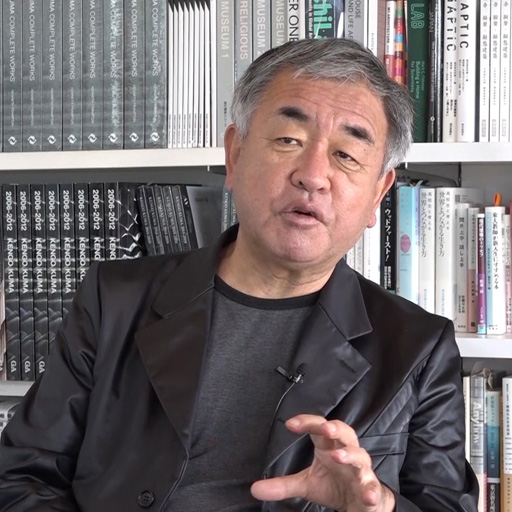
ProjectsKomatsu University Academic Gowns
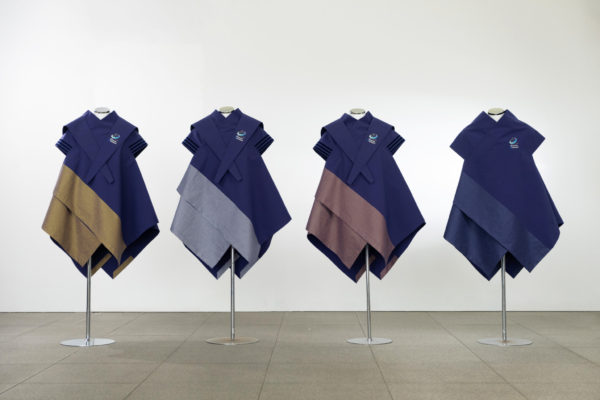 We designed an original academic gown for the graduation ceremony of the first graduating class of Komatsu University, a public university that opened in April 2018. Academic gowns are traditional ceremonial wear commonly worn at educational institutions in Europe and the United States. We wanted to … Read More
We designed an original academic gown for the graduation ceremony of the first graduating class of Komatsu University, a public university that opened in April 2018. Academic gowns are traditional ceremonial wear commonly worn at educational institutions in Europe and the United States. We wanted to … Read MoreProjectsAshigara Station – Ashigara Station Civic Center
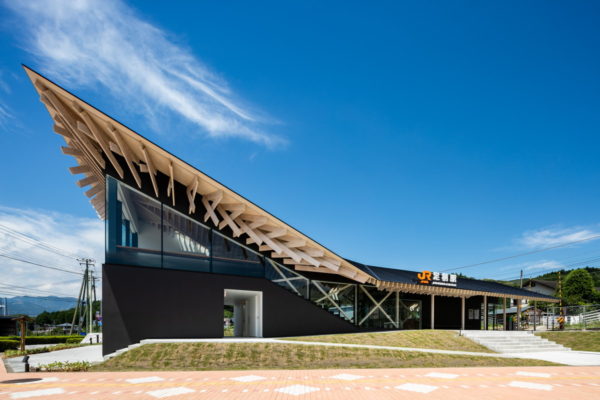 Read More
Read MoreProjectsKai Beppu
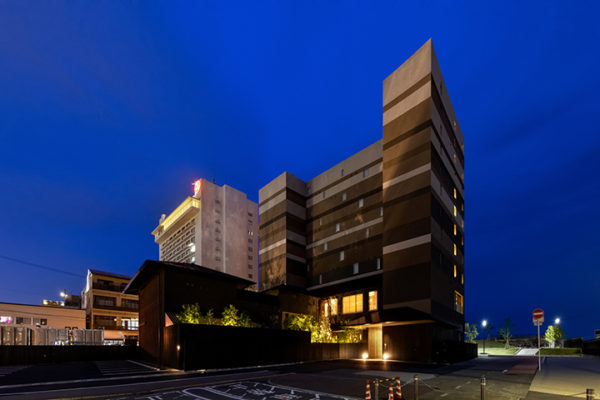 In the southern island of Kyushu Japan lies the coastal town of Beppu, well known for being one of the preeminent “Onsen-Gai”, which translates to “Hot spring Boulevard”. We studied the variety of activities that occur when meandering the streets of an Onsen-gai, transitioning from street scale to h … Read More
In the southern island of Kyushu Japan lies the coastal town of Beppu, well known for being one of the preeminent “Onsen-Gai”, which translates to “Hot spring Boulevard”. We studied the variety of activities that occur when meandering the streets of an Onsen-gai, transitioning from street scale to h … Read MoreNewsYusuhara Community Library – Japan Library Association Architecture Award
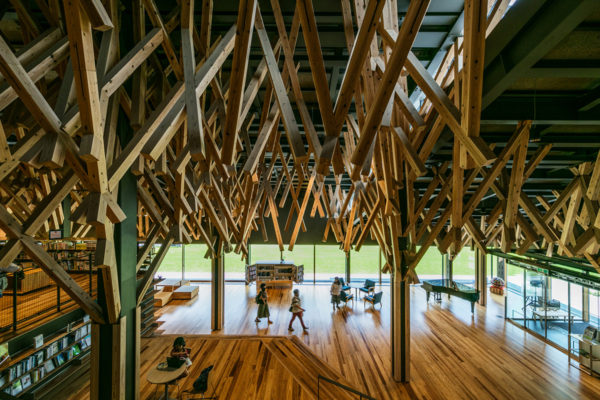 Yusuhara Community Library / YURURI Yusuhara was awarded 2021 Japan Library Association Architecture Award List of Japan Library Association Architecture Award Japan Library Association Read More
Yusuhara Community Library / YURURI Yusuhara was awarded 2021 Japan Library Association Architecture Award List of Japan Library Association Architecture Award Japan Library Association Read More